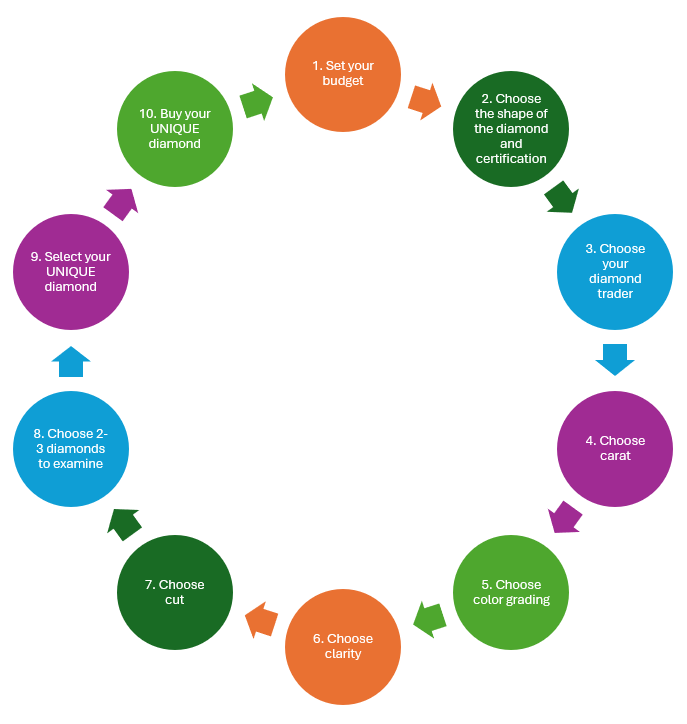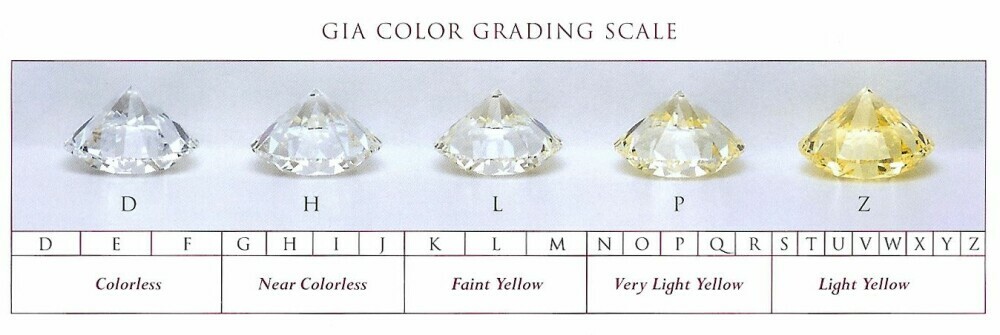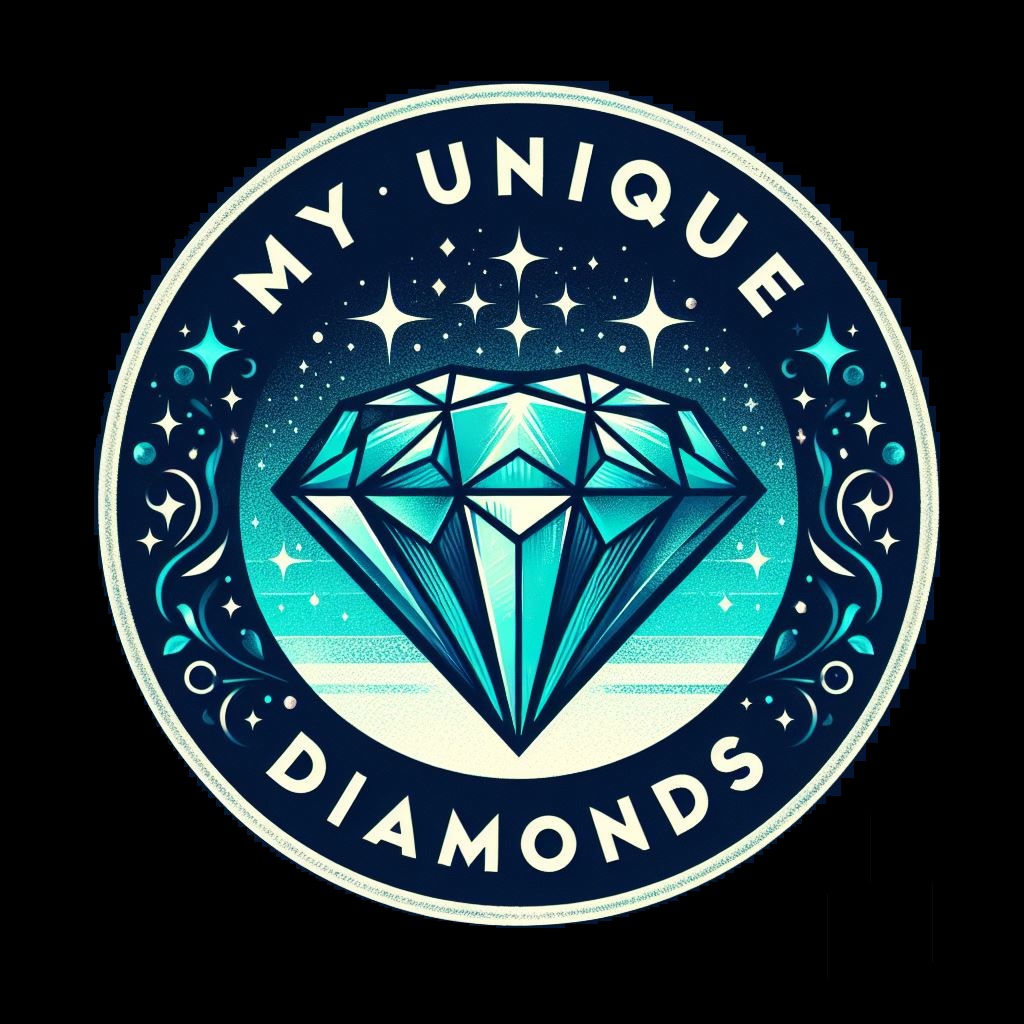Your Trusted Path To Your Unique Diamond
Hi! I’m John, a diamond enthusiast based in Antwerp, Belgium, the World Capital of Diamonds! This is where your journey begins to become a diamond owner! Excited? You should be, this is a journey you’ll never forget, believe me. At MyUniqueDiamonds.com, you will find an ultimate guide to understanding and purchasing your own unique diamonds, whether a beginner or an aspiring investor.

Now, there are three phases to buying a diamond: 1. a little gathering of knowledge on your part, 2. a little preliminary planning (well, mostly a few questions you need to ask yourself) and 3. A trusted professional partner (or partners) with which to conduct your diamond business.
Don’t worry, I will guide you through these three phases. Let me explain why they are important:
-
- Knowledge: they say Knowledge is Power. Well, it’s no different here. Without a basic understanding of diamonds, you will not have the information you need in order to make the necessary decisions. These decisions (mainly about quality) are crucial, as they greatly affect the price and therefore your budget, as we will see.
- Planning: some of the decisions mentioned above you’ll need to have an idea of before you enter into the world of diamonds. Ask yourself question such as: how much fire do I want my diamond to have? Which shape should it have? How about size? These are important questions which again, will greatly affect the final outcome AND, perhaps more importantly, the price!
- Trust: it is impossible to conduct any transaction without trust! This is more true in the world of diamonds than anywhere else. Because no two diamonds are the same, you are trusting your diamond trader that the gem you are buying is genuine and of the quality it proclaims to possess.
So, the first step you need to take is to gather a little information about diamonds, especially if you’re a beginner. Below is a list of articles that will serve as an introduction. This will allow you to already have an idea of the unique diamond you have in mind for yourself. Generally, a good idea is to read a few articles, posts, etc. to gain some minimal background knowledge. A lot of this information you’ll find right here on my website, where I have articles, book reviews, introductory posts, and more. Once you have gained some basic knowledge, you can move on to the actual process of buying of your diamond, a process I have developed into 10 steps.
Introduction to diamonds:
THE 4 CS OF DIAMONDS: A BEGINNER’S GUIDE
DIAMOND GRADING AND CERTIFICATION
10 ESSENTIAL DIAMOND TOOLS EVERY JEWELER SHOULD HAVE
CAN YOU MAKE SURE YOUR DIAMOND IS ETHICAL?
DIAMOND: WHAT IS IT?
LINKS TO FURTHER KNOWLEDGE
Buy your diamond in 10 steps
The 10 steps represent the journey toward your UNIQUE diamond and are based on my personal experience, which I want to share with you. Even before finding your diamond trader, who will ultimately sell you your diamond, there are a couple of elements you need to decide on: first of all, you’ll need to decide on a budget, because a lot of later choices will depend on the available funds you wish to invest. Also significant is the shape of your diamond, whether it be round, oval, cushion, heart, and so forth. The certification authority (GIA, IGI, HRD, etc.) you choose to guarantee the authenticity of your diamond is also important, as not all certification authorities are equal. In the end it is this authority that safeguards you against fraud and inferior quality. Next are the 4 C’s, Carat, Color, Clarity and Cut: here we look at the quality of the diamond. These criteria will allow you to narrow down the diamonds to a short list, from which to select that one diamond which you wish to purchase.

- Budget. You know what to do here. It’s a matter of how much you want to invest in your diamond. This is important, because many of the decisions you make later will depend on this budget. Always remember that the price of the diamond rises almost exponentially as you look at gems of increasingly higher quality. If you follow my recommendations below, this may mean holding off until you have the budget to buy a gem of acceptable quality and of marketable value.
- Shape of the diamond and certification. Here it’s first of all your taste which comes into play. The fashion of gemstone shape has greatly changed over the decades and centuries and will most likely change again. For example, in the 1920s and 30s, the emerald rectangular cut was in vogue. Today, the round shape is more popular, and so forth. Also, certification is important, as the authority examining and certifying the diamond is your guarantee of it being genuine and of the exact quality it proclaims to possess! GIA is universally recognized as the most trustworthy certification authority.





 Your diamond trader is your trusted business partner. You want a partner who will guide you through this process, who will give you straightforward, honest information of your options. Options he will lay in front of you and let you choose that which suits you the best. Also, how easy is his diamond database to navigate? Does it provide you with all the vital information and description of the gems? Choose a partner who will go that step further, providing you with gems of great quality not only from his own stock but from trusted partners, be it in Mumbai, Dubai or Perth. Your trusted partner is a choice of your own, naturally. However, if you are in need of a reference, I can refer you to my trusted partner which introduced me to the world of diamonds and has an end-to-end product:
Your diamond trader is your trusted business partner. You want a partner who will guide you through this process, who will give you straightforward, honest information of your options. Options he will lay in front of you and let you choose that which suits you the best. Also, how easy is his diamond database to navigate? Does it provide you with all the vital information and description of the gems? Choose a partner who will go that step further, providing you with gems of great quality not only from his own stock but from trusted partners, be it in Mumbai, Dubai or Perth. Your trusted partner is a choice of your own, naturally. However, if you are in need of a reference, I can refer you to my trusted partner which introduced me to the world of diamonds and has an end-to-end product:- The first C. Choose the carat (weight) of your diamond. This is the first step and will of course have a great impact on the price of your diamond. Just as an example, a 2 carat diamond can cost up to 16,000$ to 20,000$, whereas a 3 carat diamond is in the 35,000$ to 40,000$ range.



- The second C: color grading. This ranges from colorless (D,E and F) to light yellow (S through Z). Again, as you can expect, this has a great impact on price. See an example of a diamond of color E here.





- The third C. Clarity is a matter of how many imperfections the diamond has. The diamond can have inclusions, tiny crystals and minerals embedded in the stone. See an example of a diamond of clarity VVS1 here.





- Fourth C: Cut. Here we are looking at how well the diamond has been cut, not its shape. The grade here indicates the quality of the polish and the stone’s proportions. See an example of a diamond of excellent cut here.


 You now have a short list of diamonds available to you. Choose 2-3 diamonds which satisfy your needs and meet your quality standards. Communicate these to your diamond dealer (each will have a unique code) and he will inform you whether these are available from his stock or need to be transported in from other locations. You can also view the 360 photos and videos of the diamonds and examine them remotely. The idea is to narrow your choice down to that one UNIQUE diamond that will be yours for generations to come.
You now have a short list of diamonds available to you. Choose 2-3 diamonds which satisfy your needs and meet your quality standards. Communicate these to your diamond dealer (each will have a unique code) and he will inform you whether these are available from his stock or need to be transported in from other locations. You can also view the 360 photos and videos of the diamonds and examine them remotely. The idea is to narrow your choice down to that one UNIQUE diamond that will be yours for generations to come.
- Choose your unique diamond.


 Buy your UNIQUE diamond. Here there might still be margin for negotiation with your trader, don’t forget that every diamond is a story of its own!
Buy your UNIQUE diamond. Here there might still be margin for negotiation with your trader, don’t forget that every diamond is a story of its own!

